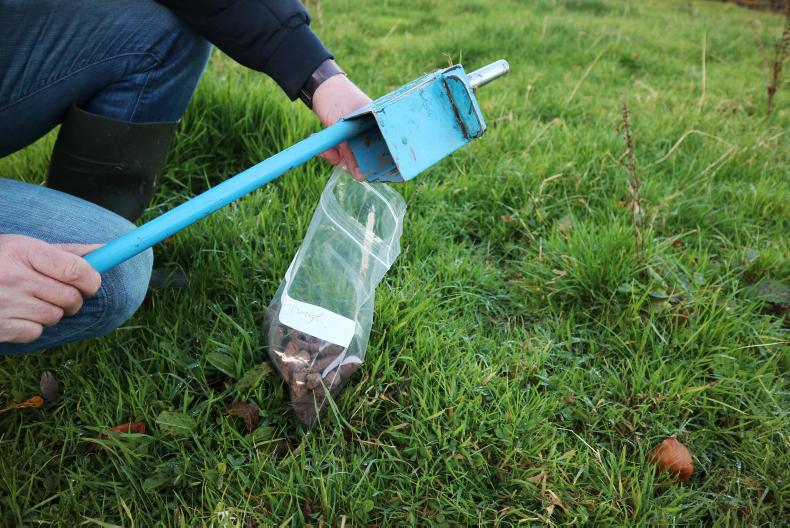BEFORE we can begin to manage our grassland appropriately and effectively, we need to have a basic understanding of the soil and how to maintain soil health and fertility. Whether you manage a sports field, farm or any other landscape, soil health is the key to healthy grass and plants.
Soil is a mixture of minerals, organic matter, gases, liquids, and countless organisms that together support life on earth.
Soil composition is an important aspect of nutrient management. While soil minerals and organic matter hold and store nutrients, soil water is what readily provides nutrients for plant uptake.
Soil air, too, plays an integral role since many of the microorganisms that live in the soil need air to undergo the biological processes that release additional nutrients into the soil.
Soil is made up of horizontal layers called horizons. They range from rich, organic upper layers (humus and topsoil) to underlying rocky layers (subsoil, regolith and bedrock). Most soils have three major horizons; topsoil, subsoil and parent material. Some soils also have a humus or organic horizon.
Topsoil is mostly comprised of minerals from parent material with organic matter incorporated, a good material for plants and other organisms to live. Subsoil is rich in minerals that filtered down through the soil and accumulated. Parent material is the deposit at the earth’s surface from which the soil developed. Humus is the organic component of soil, formed by the decomposition of leaves and other plant material by soil microorganisms.
Critical to the successful management of our soil is knowledge on the location of different soils, and their associated properties. For grazing lands, maps of soils and land types are available for most areas. The Irish Soil Information System project has developed a national association soil map for Ireland at a scale of 1:250,000, together with an associated digital soil information system, providing both spatial and quantitative information on soil types and properties across the country. Both the map and the information system are made freely available to the public through the following website: gis.teagasc.ie/soils/
This tool gives land owners an indication of what soils their property may have and is a useful planning tool.
SOIL ANALYSIS

Soil quality can be affected by certain aspects of agriculture resulting in soil compaction, nutrient degradation, and soil salinity. Soil sampling and analysis gives land owners chemical and physical information about their soil, indicating any problem areas such as high or low pH, problematic soil texture, adverse nutrient levels, et cetera. These results are useful for guidance in management or remediation decisions.
Soil test results taken over time also allow land owners to follow changes in soil properties over time. This is useful to determine if unfavourable trends are occurring and then to see afterwards whether remediation efforts are working.
Soil testing is an important part of grassland management as it increases productivity by identifying soil nutrients or soil chemical factors that are limiting plant growth, it also increases fertiliser use efficiency by indicating appropriate rates for different soils and crops and protects the environment by preventing over fertilisation.
SOIL TESTING FACILITIES
Below is a list of some laboratories in Ireland which carry out soil testing. This is not an exhaustive list.
IAS Laboratories
Unit 4 Bagenalstown Business Park,
Bagenalstown, Co. Carlow
Tel: 059 9721022
Email: info@iaslabs.ie
FBA Laboratories
Carrigeen Ind. Estate,
Cappoquin, Co. Waterford
Tel: 058 52861
Email: fbaadmin@fba-labs.com
Southern Scientific Services ltd.
Unit 4
4Park Business Centre,
Farranfore,
Co. Kerry
Tel: 066 9763588
Email: info@southernscientificireland.com